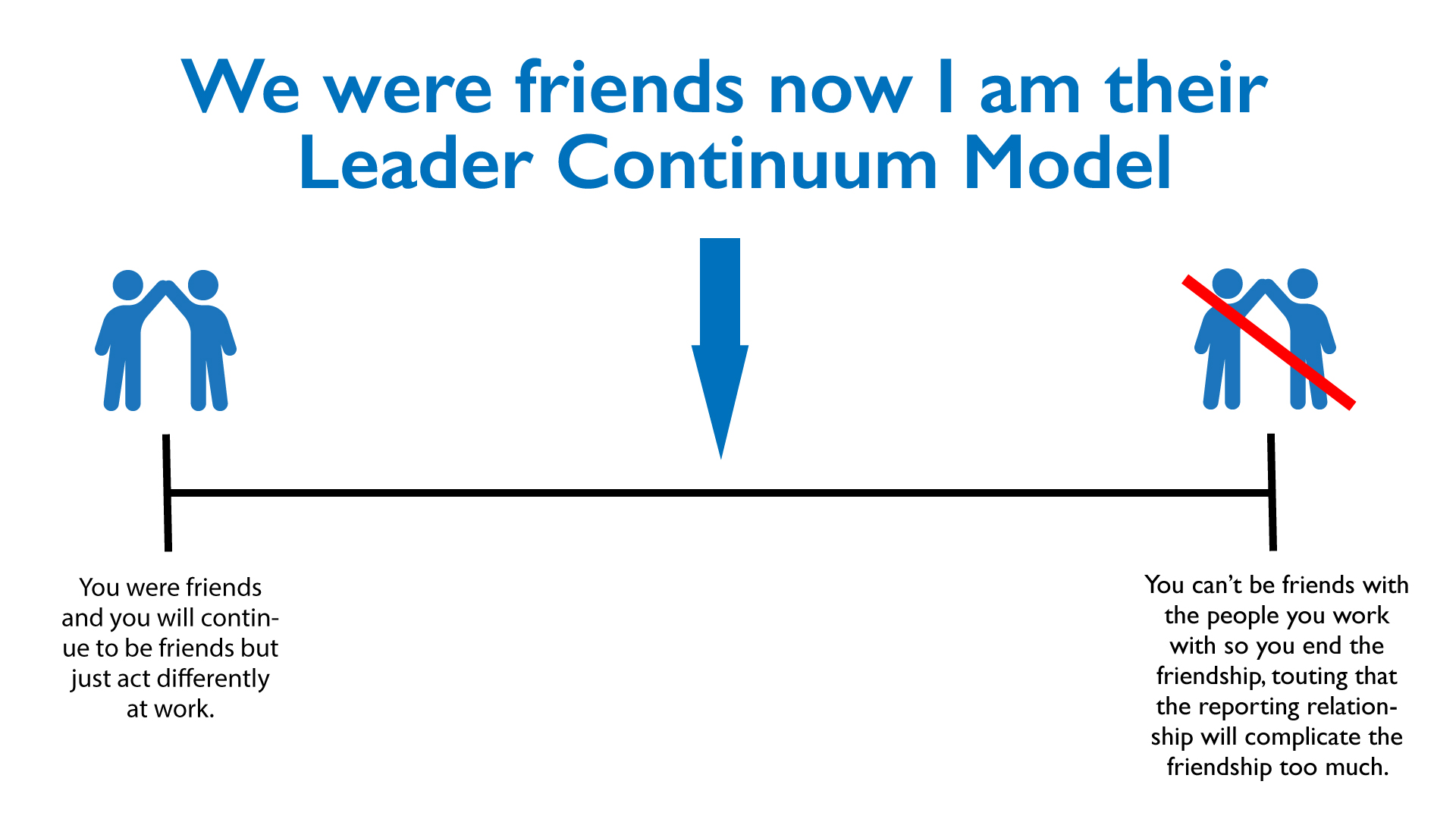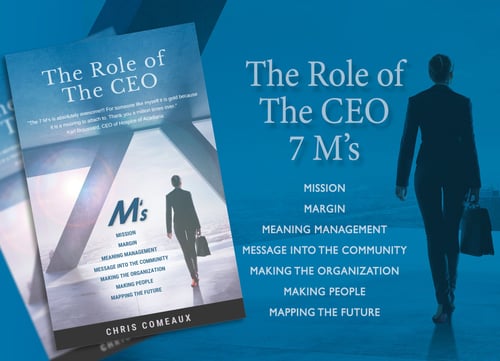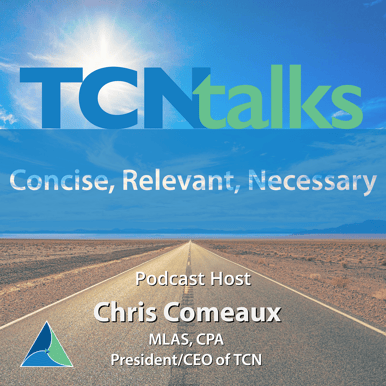
Recently in TCN Talks podcast, I interviewed Christine Lau, RN, LCSW, APHSW-C, about the challenge of going from a peer to the leader of a team. Watch podcast here. What follows is a blog from me and then Christine will follow with a blog of her own on this timely topic.
I recently received a question on the topic of tips regarding leading someone who is and has been a friend. It occurred to me afterwards that this is an issue many more leaders are encountering in hospice and palliative care. Considering that the hospice industry is now 40+ years old, there are now many individuals who began and will end their careers in hospice care. When I started in hospice care over 25 years ago, the industry was a second or third career choice for many, but now countless hospice staff members who began their career within line level positions have journeyed into leadership positions within the hospice field, and therefore this feels like a timely topic.
Traditionally speaking there are two schools of thought on this subject:
- You were friends and you will continue to be friends but just act differently at work.
- You can’t be friends with the people you work with so you end the friendship, touting that the reporting relationship will complicate the friendship too much.
There is some truth to both approaches, and they provide a framing on how to handle the subject, but I’d like us to consider the below graphic in forming a more comprehensive viewpoint. If the below image was the continuum, where would you plot your belief of the best approach?

My answer: something right down the middle.
As an example, I had to navigate a similar situation several years back. My sister-in-law worked at the hospice where I was the CEO. While she did not report to me, it was still difficult because the perception existed that she received some type of advantage being a family member of mine. This is the same underlying challenge you will have to navigate with leading a friend, people perceiving there indeed is an advantage for this person and the what to do about the relationship.
I told my sister-in-law that we would handle this just like how I have handled coaching my kids.
I have had the privilege of coaching my kids in football and soccer over the years and I would always have the same conversation each year before our practices began: “Son or daughter (I have coached both), people are going to automatically assume you are getting some advantage by me being the coach, but it will actually be the opposite. You must work harder than anyone on the team. While this won’t prevent everyone from throwing stones, you will know each day that you will get anything you earn because you will fully earn it. It is the downside of your Dad being your coach, but it will pay dividends in your life. When we get home, I am no longer your coach, I am your Dad and I have a different role to play.”
I believe this wisdom applies to our situations at work as well. In fact, I told my sister-in-law that she must work harder than anyone else on the team and when we were home, we would need to put a firewall in our conversations because at home I am not the leader of the hospice where we worked together. While it was difficult to navigate at first, those ground rules provided great boundaries that set us both up for success. There are several hints in these examples:
- Address the elephant in the room that things are going to be different. To think anything differently is naïve and, at some point, is going to be problematic. It’s better to get the issue on the table and to talk it through.
- Use ground rules or boundaries to help both of you navigate the situation.
- Consider role descriptions as a way of painting the picture of the roles you will each be playing. TCN has written past blogs on what role descriptions are and how to utilize them (Read blog). Leadership guru Meg Wheatley states it plainly: 95% of organization’s issues are due to unclear roles and expectations. Role descriptions help to obviate those heavily weighted odds in your favor. Much like I described in the examples of my family, the defining of roles brings great clarity and lessens confusion. In short, role descriptions work.
Stay tuned for our next blog on this subject from Christine Lau, who will explore additional avenues for managing these transitions. While there are different schools of thought on this subject, our hope is that our perspectives will offer solutions to navigate these situations in the healthiest and most productive way possible.
Chris Comeaux, President / CEO of Teleios Collaborative Network

If you want to learn more about
the TCN Leadership System
shoot us an email at ccomeaux@teleioscn.org
Leadership Immersion
Plan to attend: October 4-6, 2021
Register Now
Teleios University (TU)
Discover More
Register Today!
Download the eBook below and unlock
your true self-leadership potential.


An organizational model that allows not-for-profit hospices (Members) to leverage best practices, achieve economies of scale and collaborate in ways that better prepare each agency to participate in emerging alternative payment models and advance their charitable missions.
Related Posts
We Were Friends, Now I Am Your Leader, Now What? Part 2
Now what, indeed! We have explored this topic in our podcast and in Chris Comeaux’s part one of...
To Play or Not to Play A Role
One of Shakespeare’s most infamous lines is, “All the world’s a stage.” Many may read his flair for...
Proven Tips for Recruiting Top Talent
Tip Two: Train the Interviewers




